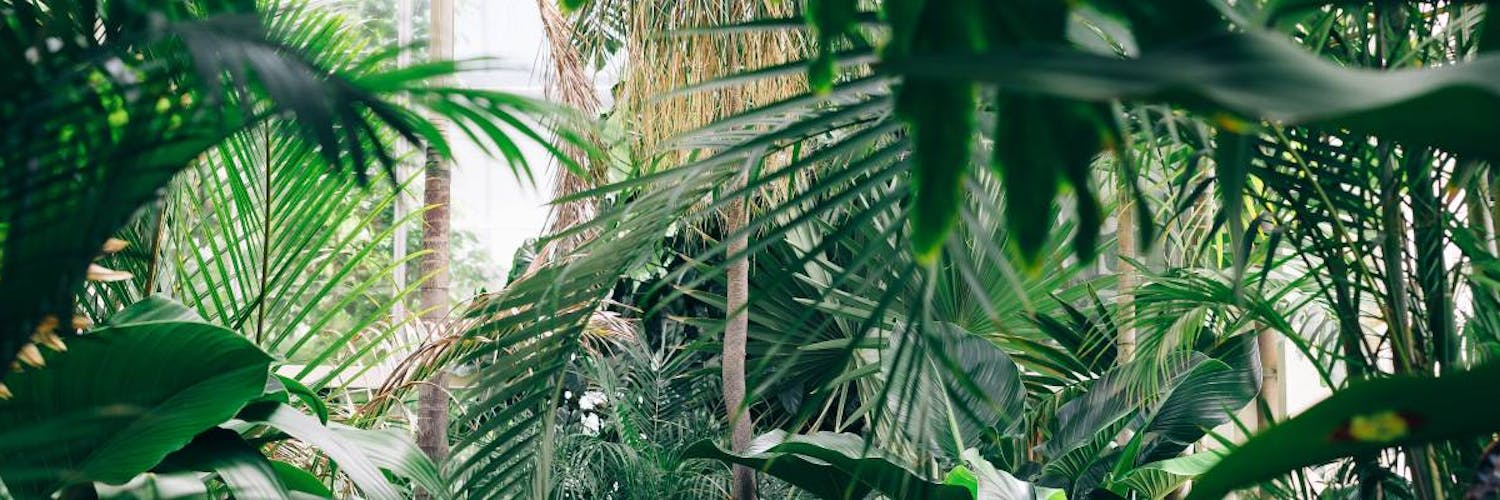How do shade plants feed?
If you are wondering how shade plants are fed, then read on because we will explain the differences between the way plants are fed according to their lighting requirements.

Sunlight is essential for plants to achieve photosynthesis, the process that is capable of converting this light energy and transforming it to synthesize their own food. But what about shade plants? Don't they execute this process?
If you're wondering how shade plants are fed, then read on because we'll explain the differences between the way plants feed according to their lighting requirements.
Practically all plants (with the exception of some parasites) require photosynthesis, but the difference in the amount of light they require to reach saturation and complete the process lies in the way in which the species has adapted to the environment in which it has developed.
These plants have acquired different characteristics to be able to take advantage of the resources they can obtain in the habitat in which they have grown, whether they are abundant or scarce. This has resulted in two types of plants: sciophiles and heliophiles.
Sciophilous plants are those that can and prefer to live in areas with low light, what we know as shade houseplants. Heliophilic plants are those that require a large amount of light to photosynthesize. Sciophilous plants come from places where there are partial blocks from sunlight, such as forests and jungles; This is why they adapt very well to life inside our homes. Shade plants have developed mechanisms to be able to take advantage of the little sunlight that can sneak through the treetops, maximizing the resources obtained to create and develop.
Photosynthesis in shade
plantsShade plants feed by maximizing the resources they obtain and they achieve this thanks to the development of certain characteristics. First of all, they have adapted to efficiently use the solar energy they manage to obtain. As for photosynthesis, it's simple. Plants that are better suited to shade are able to use the spectrum of the sun's far-red light more efficiently.
Houseplants or shade plants usually have wider, but thinner leaves. This allows them to have a larger amount of chlorophyll so they can make the most of the sun's rays. You can easily see these changes in green and yellow-leaved pothos. This plant adapts very well to lighting conditions, but if you put it in a rather dark place, the leaves that hatch will be green, they will lose all the yellow pigment they have in brighter conditions.
Importantly, even a shade plant requires light in order to believe. Even if a fern, sansevieria, or Peace Lily can get by in a rather shady place, it doesn't mean you can put them in a windowless box and expect them to stay alive. All houseplants require light to live, even if their shade tolerance is high.

